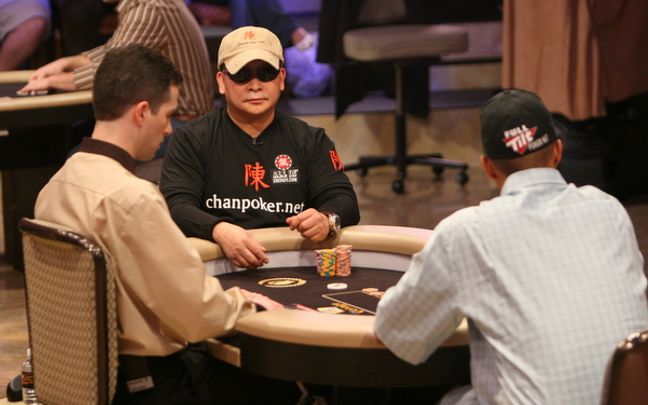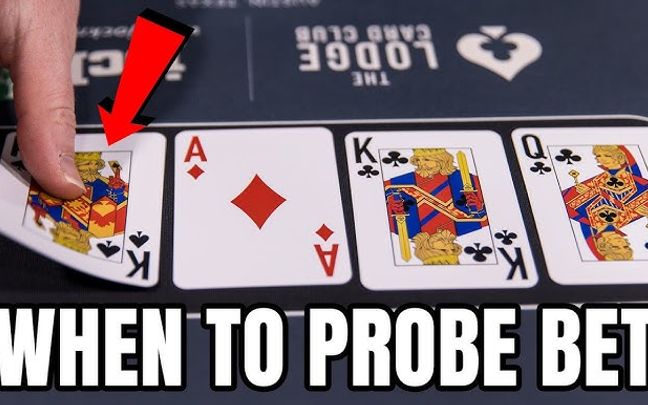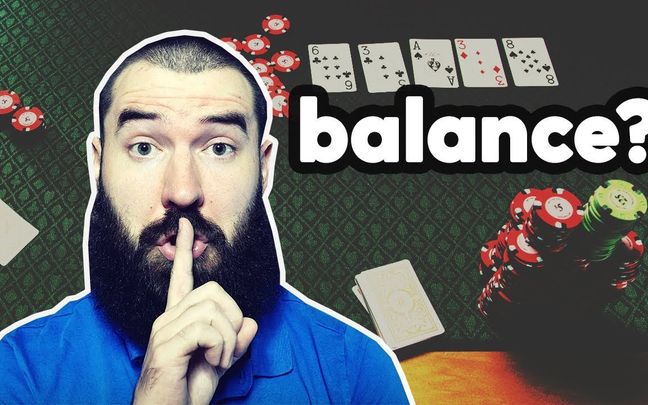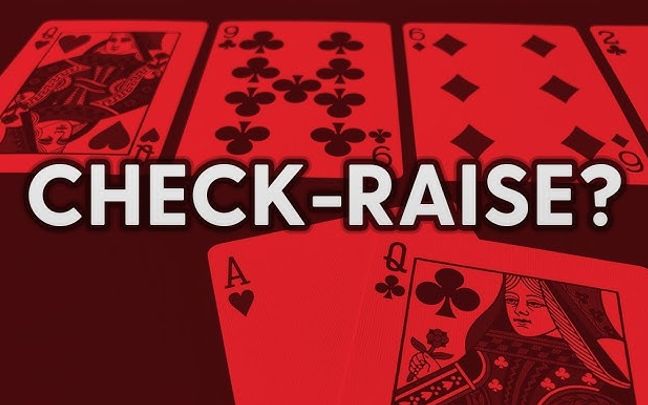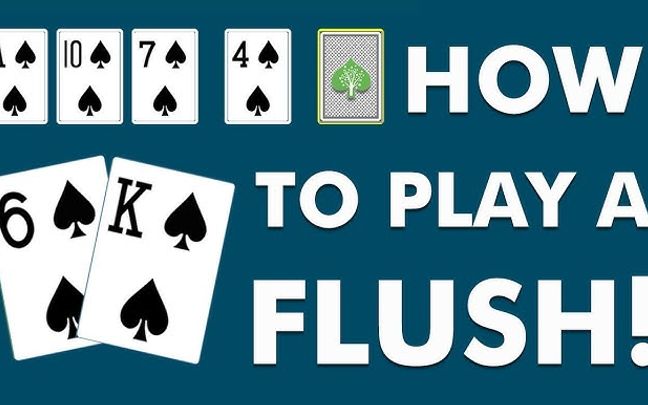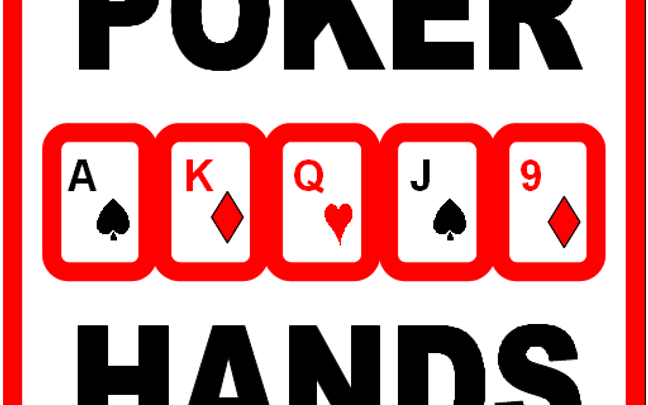The aggressive attack strategy is a powerful approach in poker that focuses on applying significant pressure on opponents through frequent betting and raising. While this strategy can be highly effective, it also comes with notable risks. This article will help you understand how to implement the aggressive attack strategy and the key considerations to optimize your results.

The aggressive attack strategy helps you apply constant pressure on your opponents.
What is the Aggressive Attack Strategy in Poker?
The aggressive attack strategy in poker, often referred to as "aggressive play" or "aggressive strategy," is a playing style that focuses on applying significant pressure on opponents through frequent betting and raising. This is a powerful tactic that can be very effective when used correctly.
Here are the key features and applications of the aggressive attack strategy in poker:
Frequent Betting and Raising
Players employing the aggressive attack strategy will often bet and raise instead of merely calling. This creates pressure on opponents, forcing them to make quick decisions and often leading them to fold if they do not have strong hands.
Ability to Control the Game
By frequently betting and raising, those using the aggressive attack strategy can control the game, compelling opponents to respond to their strategy. This often results in opponents making mistakes or folding more often, allowing the aggressive player to win pots without having to show their cards.
Using Bluffs and Semi-Bluffs
In the aggressive attack strategy, bluffing (deceiving opponents) and semi-bluffing (betting or raising with a questionable hand that has potential to improve) are essential tools. When players bet or raise aggressively, opponents may become suspicious and fold even when they hold decent hands.
Applying Pressure on Opponents
The aggressive attack strategy is often employed to make opponents feel pressured, forcing them to make quick decisions that can sometimes lead to mistakes. This pressure can result in opponents folding when they may not want to or feel they cannot continue fighting.
Stimulating Opponent Mistakes
When you continually apply aggressive pressure, opponents may feel uncomfortable and are prone to making errors. They might decide to play too many weak hands or try to call bets even without strong holdings, leading to greater losses.
Flexibility
A crucial element of the aggressive attack strategy is flexibility. You need to know when to apply this tactic and when to adjust your playing style based on the situation and your opponents' behavior.
Interacting with Opponents
To effectively apply the aggressive attack strategy, you must monitor and understand how your opponents play. Knowing when they are likely to be under pressure and when they may react strongly is key to optimizing this strategy.
Choosing the Right Moments
The aggressive attack strategy needs to be implemented at the right times. Aggressively attacking in advantageous situations, such as when you have a decent hand or when your opponent lacks a strong hand, can yield greater success.
Considering Long-Term Strategy
Finally, applying the aggressive attack strategy should be weighed within a long-term strategy. If you use this tactic too frequently, opponents may easily catch on and adjust their strategies. Thus, varying your playing style and keeping your tactics unpredictable is crucial.
In summary, the aggressive attack strategy is a powerful way to play poker and can offer significant benefits when used appropriately. However, it also requires you to have strong observation, analysis, and strategy adjustment skills to achieve long-term success.

The aggressive attack strategy often forces opponents to fold more frequently.
Considerations on the Risks of the Aggressive Attack Strategy
While the aggressive attack strategy in poker can offer significant advantages when employed correctly, it also carries some noteworthy risks. Failing to consider these risk factors when applying this strategy can lead to serious consequences, impacting the outcome of the game and your overall performance.
Here are the main risks associated with the aggressive attack strategy:
Risk of Being Read by Opponents
One of the biggest risks of employing the aggressive attack strategy is the potential for opponents to recognize and counter your play. If you frequently bet and raise, opponents may notice that you are using an aggressive strategy and adjust their own tactics to combat you. They may become stronger in calling or raising your bets, making it harder for you to maintain pressure.
Facing Strong Hands
When you play aggressively, you risk encountering extremely strong hands from your opponents. If an opponent holds a strong hand and decides to push back against you, you could find yourself in a situation where you incur significant losses. This risk is especially high if you do not have a strong enough hand to compete.
High Betting Costs
The aggressive attack strategy often requires continuous betting and raising, which can lead to high costs. If you do not manage your bankroll carefully, you may struggle to maintain your financial capacity and risk losing more money than if you played passively.
Overpressuring Opponents
While applying pressure on opponents is a crucial aspect of the aggressive attack strategy, excessive pressure can lead to strong counteractions from them. At times, opponents may decide to go "all-in" with a strong hand, which poses significant risks and can result in severe losses if you are not well-prepared.
Easier to Predict
If you overuse the aggressive attack strategy, your opponents can easily predict your playing style. When opponents recognize that you frequently bet and raise, they may adjust their strategies to exploit your weaknesses. This reduces the effectiveness of the aggressive attack strategy, making it challenging for you to win.
Emotional Triggers
The aggressive attack strategy can create high levels of pressure and stress for players. If you feel overly compelled or stimulated, this can affect your ability to make sound decisions, leading to mistakes or careless play.
Not Suitable for All Opponents
The aggressive attack strategy may not be the best choice when facing very patient or highly conservative players. These players are less susceptible to pressure and may continue to call or raise even when they do not have strong hands.
Risk of Losing Psychological Advantage
If the aggressive attack strategy does not perform as expected and you experience a series of consecutive losses, you may lose both your psychological edge and confidence. This can negatively impact your performance, leading to poorer play in subsequent hands.
Ineffectiveness in Specific Situations
Certain scenarios in poker may render the aggressive attack strategy less effective, particularly when facing opponents who are skilled at analyzing and resisting pressure. In such cases, applying this strategy may not yield the expected results.
Need for Effective Bankroll Management
To mitigate the risks associated with the aggressive attack strategy, effective bankroll management is crucial. You must ensure that you do not exceed your betting limits and consistently maintain stable finances, avoiding significant financial losses as a result of employing the aggressive attack strategy.

The aggressive attack strategy helps you maintain control throughout the game.
The aggressive attack strategy in poker can be very powerful and effective when used correctly, but it also comes with significant risks. To succeed with this strategy, you need to know how to manage those risks, adjust your approach according to the situation, and maintain flexibility and caution throughout the game.

